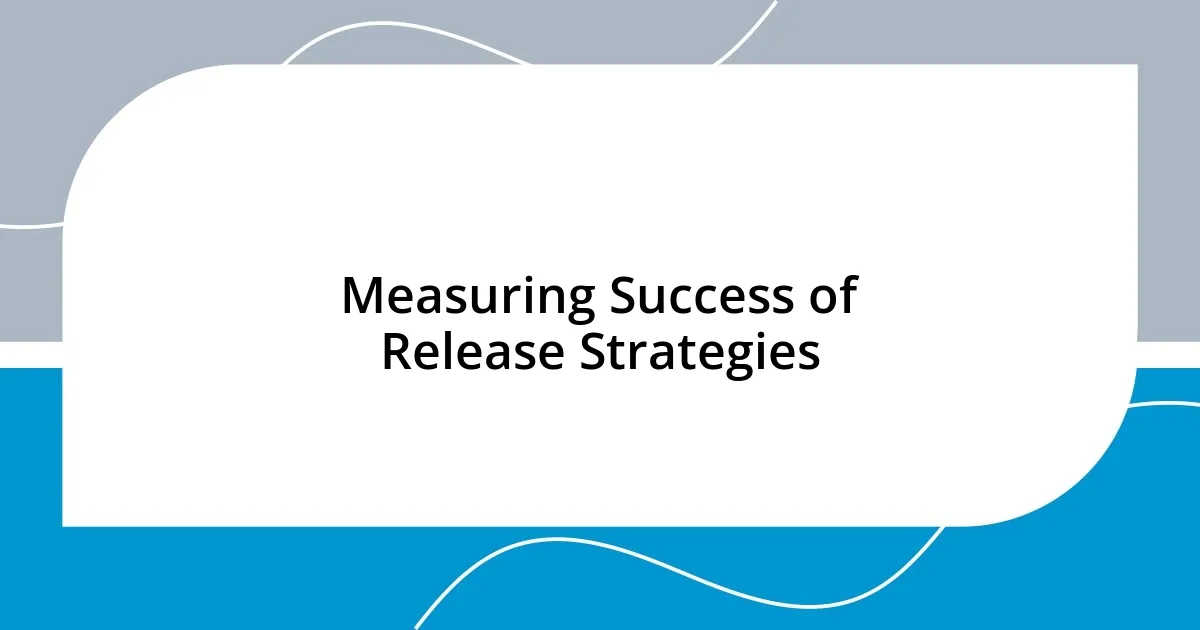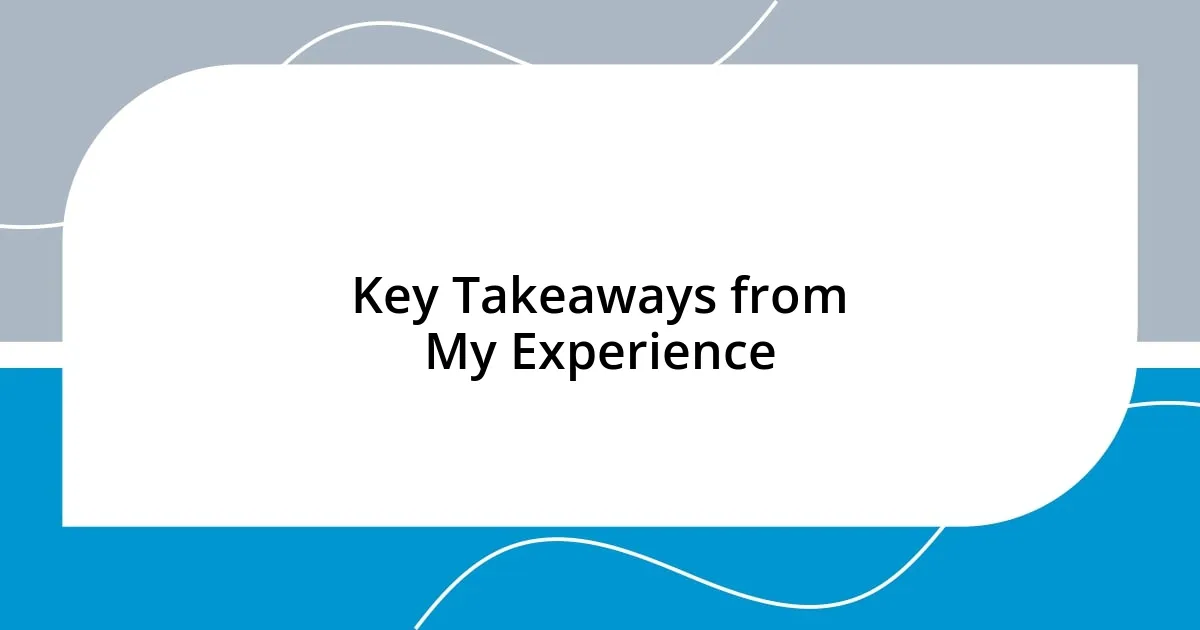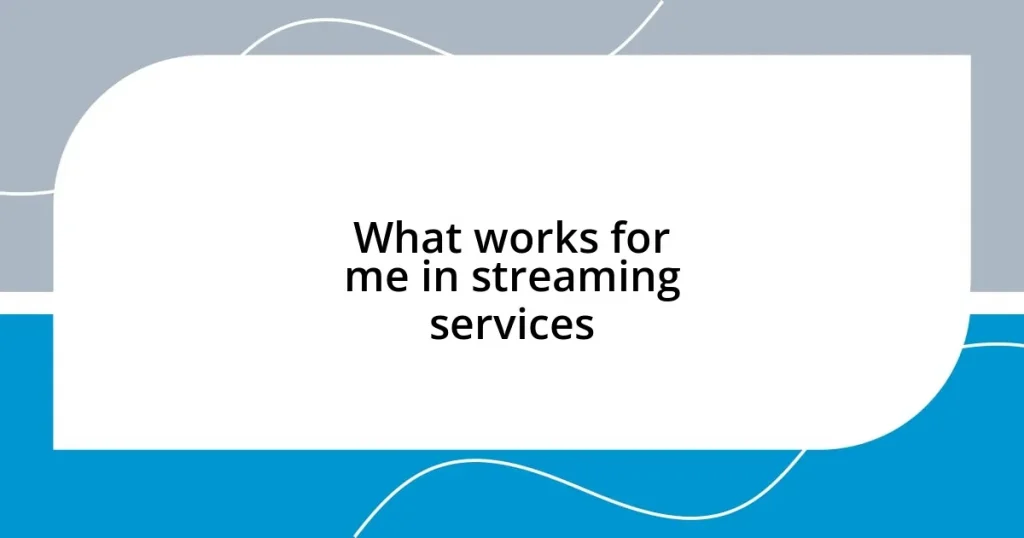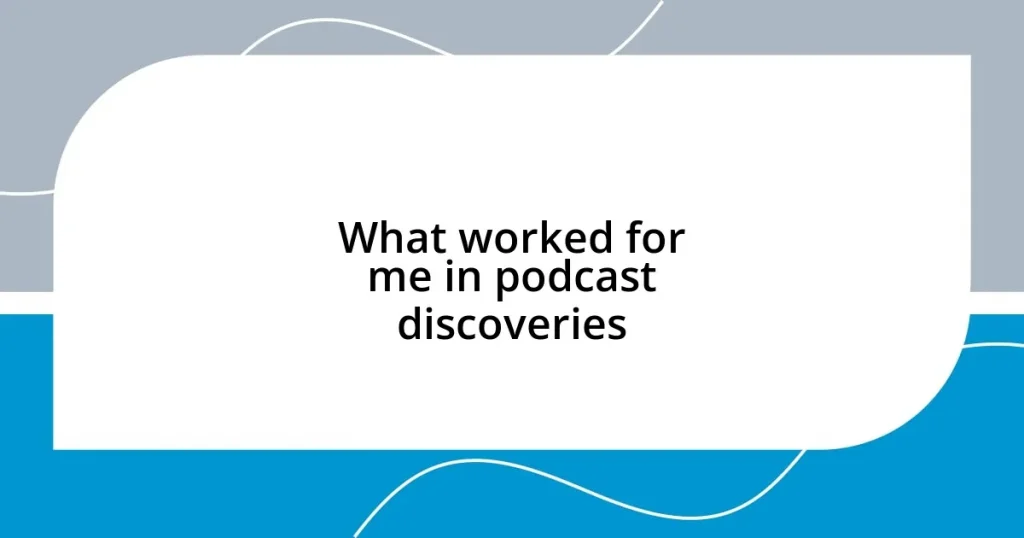Key takeaways:
- Limited release strategies create urgency and exclusivity, driving quick sales and customer loyalty.
- Engaging customers through anticipation and community building enhances brand perception and loyalty.
- Measuring success involves analyzing social media buzz, sales figures, and customer feedback to inform future strategies.

Understanding Limited Release Strategies
Limited release strategies are intriguing because they tap into a sense of exclusivity that captivates both consumers and creators alike. I remember the first time I encountered a limited edition product; it felt like I stumbled onto something special, almost like a secret club I wanted to be a part of. This exclusivity can create significant demand, which is essential for driving both sales and customer loyalty.
From my experience, limited release strategies often evoke strong emotional responses. I once waited in line for hours to get my hands on a pair of limited-release sneakers. The anticipation was palpable, and when I finally scored a pair, the rush was exhilarating. It’s fascinating how the fear of missing out (FOMO) can propel people to take action, often leading to a buzz that reverberates far beyond the initial release.
One question I often ponder is, how does this strategy impact brand perception? In my view, a well-executed limited release can enhance a brand’s prestige, making consumers feel they are acquiring something rare and valuable. I’ve seen brands cultivate a loyal following simply by offering exclusive items, proving that sometimes, less is more.

Purpose of Limited Release Strategies
The primary purpose of limited release strategies is to create a sense of urgency and exclusivity. I recall a time when my favorite coffee shop offered a seasonal blend that was only available for a two-week window. The smell of freshly brewed coffee was irresistible, and that limited time frame made me rush to buy it. It’s amazing how these strategies can transform a simple product into something coveted, prompting customers to act quickly.
Another critical aspect is how these strategies enhance customer engagement. I remember the excitement of joining an online community that formed around a limited edition game release. People shared tips, photos, and experiences, building a sense of camaraderie as we celebrated something special together. This kind of engagement is powerful, forging connections not just between the brand and its consumers, but also among consumers themselves.
Ultimately, limited releases allow brands to experiment with product offerings while maintaining a unique market position. Reflecting on my personal journey, I once received an exclusive invite to a tasting event for a limited release whiskey. Connecting with fellow enthusiasts over a shared experience reinforced my connection to the brand. It’s these moments that demonstrate how limited releases can be not just about the product but about building a lifestyle.
| Purpose | Impact |
|---|---|
| Create urgency | Drives quick sales actions |
| Enhance engagement | Fosters community and loyalty |
| Experiment with offerings | Maintains unique brand position |

Implementing Limited Release Strategies
Implementing limited release strategies is both an art and a science. I remember the thrill of a local brewery launching a special craft beer only available for a short period. The excitement in the air was electric; people flocked to the taproom, eager to be part of that fleeting moment. It made me realize how well-timed promotions can create a lively atmosphere that not only attracts customers but also fosters a sense of community.
To effectively implement limited release strategies, consider these key points:
- Create anticipation: Tease your launch through social media, giving potential buyers something to look forward to.
- Establish a clear timeline: Set a specific release date and duration to create urgency.
- Engage your audience: Utilize contests or events to get customers involved in the buzz surrounding the release.
- Leverage feedback: Gather insights from early adopters to refine future releases and make your audience feel valued.
My encounters with these strategies often leave me in awe of how a simple product can turn into a sought-after treasure, and it’s those memories that make the experience unforgettable.

Measuring Success of Release Strategies
Measuring the success of limited release strategies can be quite revealing. For instance, after snagging a limited-edition sneaker, I noticed a surge in social media posts showcasing the same shoes. This kind of buzz is an essential indicator of success. When customers share their experiences publicly, it’s a clear sign that the release has struck a chord, reinforcing brand loyalty.
Sales figures are another vital metric. I remember attending a pop-up event for a gourmet chocolate brand that offered a limited release truffle. The line wrapped around the block, and by the end of the day, they reported selling out twice as fast as anticipated. That immediate response captures the strategy’s impact, showing how effectively it can stimulate demand and drive revenue.
Lastly, paying attention to customer feedback can provide invaluable insights. After trying a gourmet burger at a food truck during a limited release weekend, I shared my thoughts online, and the brand responded with enthusiasm. That type of engagement not only reflects satisfaction but also signals the potential for future releases. What better way to gauge success than through a community that thrives on real-time interaction?

Key Takeaways from My Experience
Here are the key takeaways from my experience with limited release strategies.
One major lesson I’ve learned is the importance of building excitement long before the actual launch. I recall waiting impatiently for weeks as a well-known bakery teased their seasonal pastries. It felt more like an event than just a product release. The anticipation naturally drew me in and had me counting down the days—imagine how effective this approach can be for any brand when you actively engage your audience!
Another takeaway centers on creating an unforgettable experience around the release. I once attended a limited craft beer festival where each vendor was encouraged to showcase their unique offerings. The atmosphere was electric, with laughter and cheers echoing throughout the venue. It hit me then: it’s not just about the product, but how you make your customers feel during that limited time. Why not make every release a memory that lingers long after it’s over?
Lastly, my journey has reinforced the value of listening to your audience. After trying that limited-edition craft soda, I tweeted my excitement and was pleasantly surprised by how the brand responded directly. Their genuine engagement made me feel special, as if my opinion mattered. Isn’t that what we all crave—being heard and valued as customers? This interaction not only solidified my loyalty to them but also highlighted the potential of feedback loops in shaping future releases.
















